Engine is the heart of mechanical equipment, it is related to the service life and efficiency of construction machinery. In the construction machinery industry, most of the engines are diesel engines, which were invented in 1892 by German inventor Rudolph Diesel. In memory of the inventor, diesel was expressed by his surname Diesel. And the diesel engine is also called the Diesel engine.
The advantages of diesel engine are large power, good economic performance, and each working cycle also goes through four stroke: intake, compression, work done and exhaust.
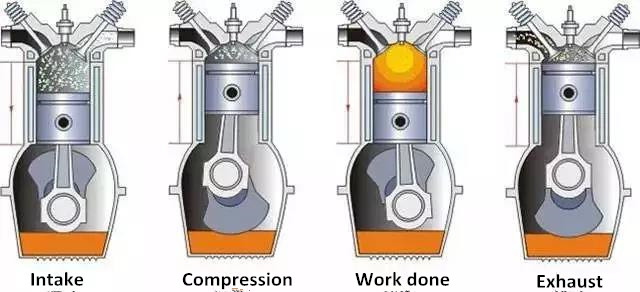
Heavy, loud noise and black smoke make many people have a bad impression of diesel engine. After years of research and application of new technology, the past engine is not comparable with the modern diesel engine. Modern diesel engines generally adopt electronic control injection, common rail, turbocharged intercooling and other technologies, and have made a great breakthrough in weight, noise and smoke, reaching the level of gasoline engine.
The electronic control injection system of diesel engine is composed of sensor, ECU (Electronic Control Unit) and actuator. Its task is to control the fuel injection system electronically and realize the real-time control of the fuel injection quantity and the timing of the fuel injection under the operating conditions. Using sensors such as speed, temperature, pressure and so on, the real-time detected parameters are input into the computer synchronously, and compared with the parameters stored in ECU. After processing and calculation, the actuator is controlled according to the best value, and the fuel injection system is driven to achieve the best operation status of the diesel generator engine.
Diesel engine is the core component of construction machinery products. When you know a construction machinery product, the first thing you have to look at is the parameters of the engine. However, for many newcomers, they cannot really understand these parameters. For the professionals, in addition to the surface value, it can also reveal a lot of things from these parameters. Next, we will learn the knowledge of engine parameters.
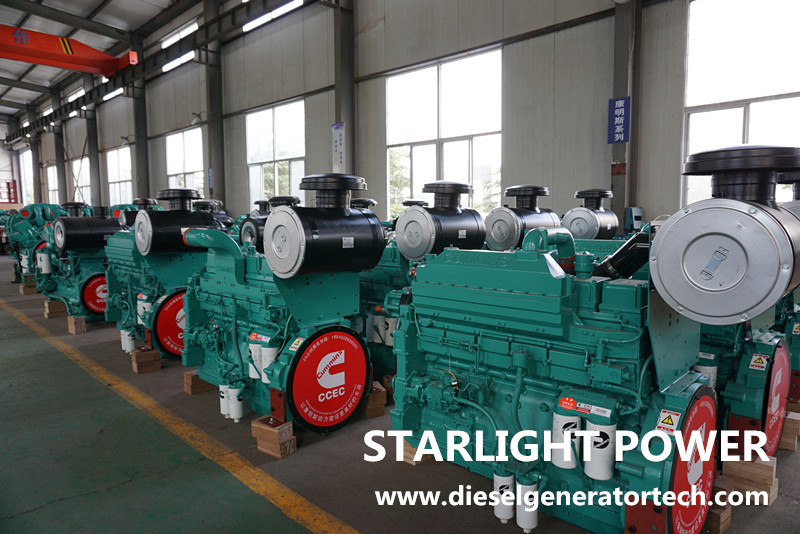
Displacement
The volume of space through which the piston moves from the top to the bottom of the cylinder is called cylinder displacement. Because the engine usually has several cylinders, the engine displacement is the sum of all cylinder displacement.
Displacement can be regarded as the vital capacity of the engine. It is one of the most important parameters of engine and it is directly related to many technical index of the engine. In general, in the respective category of naturally aspirated and turbocharged engines, the displacement is proportional to the power, meanwhile, it is also in direct proportion to the fuel consumption and carbon emission.
As a whole, the wide use of supercharged technology enables small turbocharged engines to achieve better power performance and less fuel consumption. In general, the displacement of an engine basically represents the positioning of a vehicle, and there will be certain differences in power performance (power, torque) and fuel consumption between the engine with same displacement due to technical reasons.
Number of Cylinders
Without considering other factors, the more cylinders an engine has, the less vibration it generates and the more power output it generates. This is because more cylinders are involved in the work in unit time, resulting in the decrease of the work spacing angle, which makes the work done by the engine more coherent and natural.
Bore and Stroke
Cylinder bore refers to the diameter of the cylinder, and the stroke is the distance from the top to the bottom of the piston.
Without considering other factors, simply look at the size of bore and stroke. On the premise of constant air displacement, the design of "small bore × long stroke" will make the speed of peak torque low, which is suitable for medium and low speed engines, and the power output is strong at the beginning of acceleration.
On the contrary, the engine designed with "big bore × short stroke" is more suitable for an engine with high speed because each stroke of the piston is shorter.
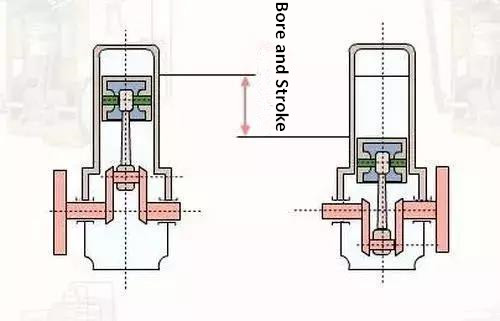
Power
Maximum power: the maximum output power is the ability of the engine to operate at an instant overload. The peak value reached in a short period of time without taking into account the damage. At this time, the tested engine is generally free of transmission device, air filter, cooling fan and other accessories.
With the increase of engine speed, the engine power also increases accordingly. When the engine speed reaches a certain speed, the power will not increase, but will decrease, so the maximum power will be marked with the corresponding engine speed at the same time. However, in order to attract users, some manufacturers deliberately confuse the maximum output power with the rated output power, which makes people mistake product with high output power. Therefore, when considering the power of diesel engine, you can’t just look at the number of power, should look at how it is labelled.
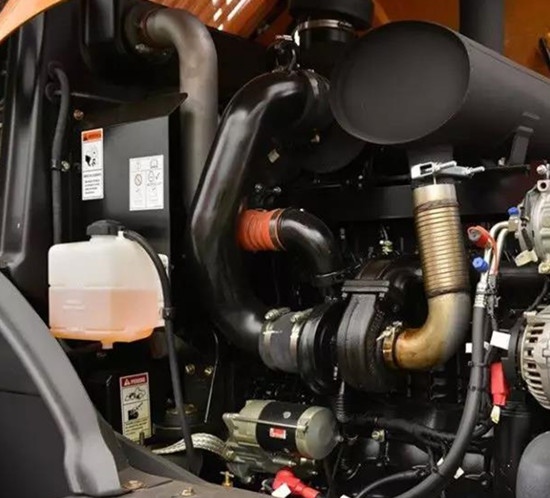
Net power: net power refers to the maximum effective power output of the engine shaft measured under normal operating conditions with all the accessories under actual operation conditions. Because when the engine power of any construction machinery vehicle passes through the filter and other accessories, it is absolutely consumed on the way of output to the working device. The maximum available power measured after consumption is what we often say.
So the relationship between maximum power, rated power and net power is: maximum power > rated power > net power. Generally speaking, the smaller the difference between rated power and net power is, the more reasonable the power structure design of this machine is.
Speed
The speed of the engine is related to the number of times of work done in unit time or the effective power of the engine, that is, the effective power of the engine varies with the speed of the engine. Speed is achieved by fuel, the lower the speed, the lower the fuel consumption.
As the saying goes, it is easy to buy a car, difficult to maintain a car. In order to maintain the power output, the drive carburetor engine must maintain a large throttle operation, and the continuous operation of the large throttle will bring a continuous increase in fuel consumption. The engine equipped with electronic fuel injection system can accurately realize fuel injection under the premise of load electronic feedback, so as to control the power output. The economy brought by the pre-determined power distribution is not comparable with that of other engines.
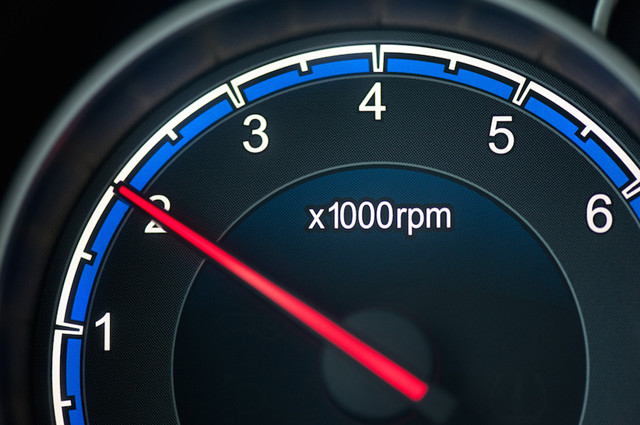
Torque
Torque refers to the average torque output from the crankshaft end when the engine is running. Torque is also directly related to engine speed. The greater the torque, the greater the engine output, the faster the crankshaft speed changes, the better the equipment climbing ability and acceleration. However, the torque varies with the engine speed. If the speed is too high or too low, the torque is not the maximum, and the maximum torque can be generated only within a certain speed range, which is the speed or speed interval given when the maximum torque is marked.
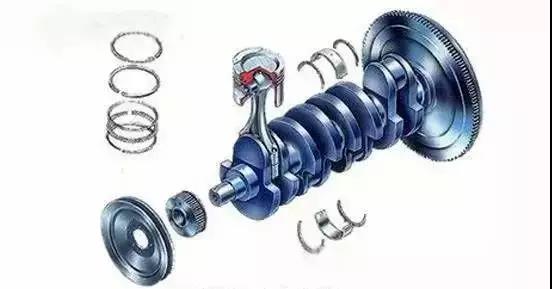
Under the same displacement, the greater the torque of the diesel engine, the better the performance of the engine.
Copyright © Guangxi Dingbo Generator Set Manufacturing Co., Ltd. All Rights Reserved | Sitemap
Update cookies preferences